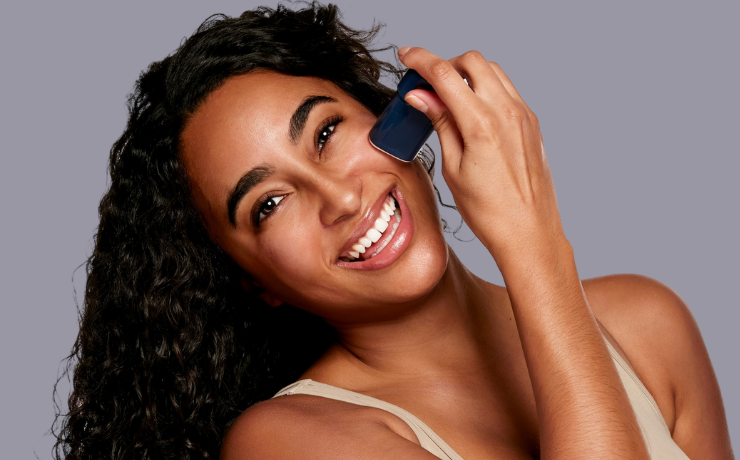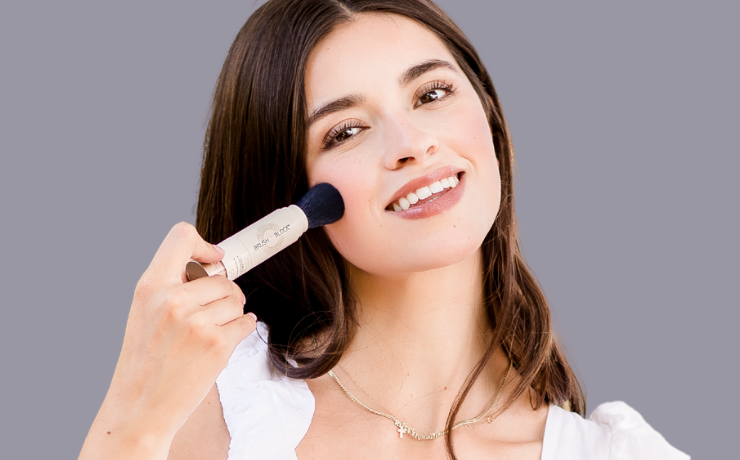
Sunglasses - More Than Just a Fashionable Accessory
Guest blog by Dianna Weston.
If you’ve been thinking your sunglasses are only a fashion accessory, think again. Those snazzy aviator sunglasses you usually stash in your beach bag after Labor Day should be perched on your nose year round. We constantly remind everyone to wear Brush On Block sunscreen every day, because UV rays are always present, and always aging your skin. Your eyes are also subjected to UV light all day, every day, and so they also need daily protection.
Ultraviolet light can cause everything from sunburned eyelids to cataracts. Some of the more serious effects of UV damage to the eye include not only cataracts, but macular degeneration and corneal damage, both of which can lead to loss of sight.
Most of us tend to wear sunglasses in summer, when the light is brightest, just for comfort (and maybe a little bit for fashion). But sunglasses should be part of your year-round sun protection.
Here’s why: although the winter sun is at a different angle and often seems missing altogether, it’s still shedding dangerous UV rays (the kind that cause sunburns) and in fact, your exposure could be even greater than in summer. Up to 85% of those nasty rays are reflected up towards your eyes from snow on the ground or on the slopes, even from rain-slick pavements. UV exposure contributes to skin aging, both from the actual sunburn and also from squinting. Squinting contributes to wrinkles and crow’s feet. And yes, your eyes (and your eyelids) can get sunburned. Snowmobilers and other winter sports enthusiasts can develop “snow blindness,” which is actually tiny blisters on their corneas. This painful condition can take up to a week to heal.

Don’t make the common mistake of thinking that you don’t need to wear your sun glasses on cloudy days. Even though you can’t see them, those UV rays are still there, ready to burn and even cause disease. According to the World Health Organization, when the UV rate is high (usually from late morning to mid-afternoon), unprotected skin can develop skin cancer and un-protected eyes can develop cataracts and macular degeneration. The macula is part of the retina and is vital for good vision.
In general, the larger the sunglass, the more protection it provides. Larger lenses that cover the territory from your eyebrows to your cheekbones are great. Even better are the wrap around types, since they shelter the sides of your eyes and cheeks. When shopping, look for glasses that claim to offer UV protection. The least expensive glasses are unlikely to offer this protection, so while they may make your eyes more comfortable, they aren’t really protecting from eye damage. Polarization does not block UV rays, but cuts down on glare. Less glare – less squinting and discomfort. The lens color also affects your ease of vision. It is best to stick to gray, green or brown lenses, since they provide superior color perception.
Some of our favorite sunglasses that offer great protection come from Warby Parker and Schwood. And of course, it is hard to beat a classic like Ray-Bans.
Don’t forget the kids. Since young eyes are still developing, they are even more vulnerable to too much sun exposure. Plus, the damage is cumulative over the years. It is a good idea to teach children about the need for sunglasses from the very start of their time in the sun.
The upside of wearing sunglasses all year long is that you’ll have a great excuse to invest in a stunning wardrobe of this accessory. After all – it’s for your health!




